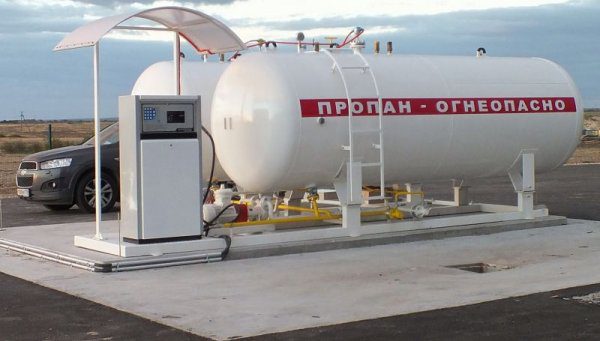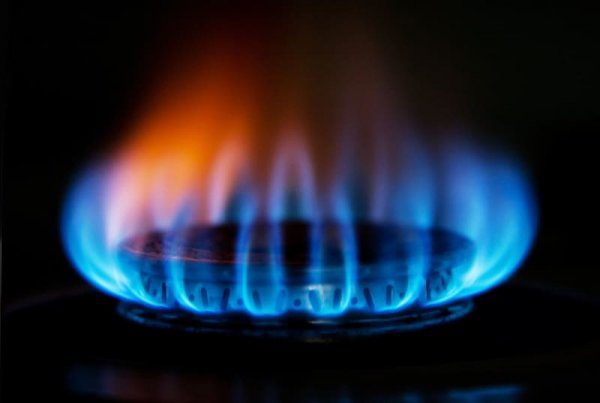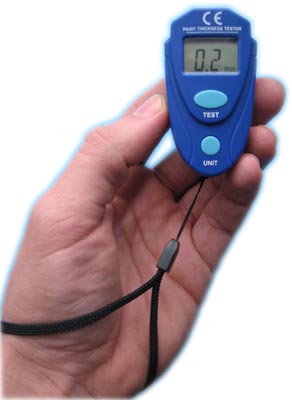
Gas in winter: 10 things you need to know
Content
- AGU problem in winter
- How to solve this?
- Be careful with refueling
- Gas burns at higher temperatures
- Reduces the life of unprepared engines
- AGU requires regular maintenance - especially in winter
- Loss of cargo volume
- You forget about the mall
- In case of leaks, rely on your nose - and on soap
- What does a modern AGU look like?
Pros and cons of automotive gas systems: Here's another of the age-old internet controversies. We are not going to introduce it, because the correct answer is different for each user, depending on his life needs. Installing an AGU doesn't make much sense in small, fuel efficient cars that drive around town. Conversely, it can fully give meaning to the lives of people who drive big cars and drive 80, 100 or more kilometers every day.
Many people still do not know the principles of the technique used and do not know that special care is required for them to serve faithfully. This is especially true in winter.
AGU problem in winter
In freezing temperatures, gas that is too cold often cannot warm up enough in the gearbox, especially when driving around town. Ice-cold gas entering the combustion chamber can shut off the engine. Therefore, the control unit switches to petrol in such cases. This is normal, but under certain conditions in city mode it can happen all the time. And that largely negates the savings that drove you to invest in the gas system.

How to solve this?
The way to prevent this is to heat the AGU components. There are three different methods for this, depending on the engine:
- the old diaphragm in the gearbox, which hardens strongly in the cold, can be replaced with a new one.
– Heat can be supplied from the engine cooling system to heat the gearbox and/or injectors. This is done in parallel with the interior heating system, but does not reduce its power too much. The photo shows one of the options.
– The reducer and nozzles can be insulated, but using non-combustible insulating materials.

Be careful with refueling
Be careful with gas quality. Reliable gas stations offer a special mixture for low temperatures in winter, in which the usual ratio - 35-40% propane and 60-65% butane - changes to 60:40 in favor of propane (up to 75% propane in some northern countries). The reason is that propane has a much lower boiling point of minus 42 degrees Celsius, while butane becomes liquid at minus 2 degrees.

Gas burns at higher temperatures
According to a common myth, gasoline prolongs the life of an engine. It is a myth. The specific properties of LPG have some advantages in this respect, but also have significant disadvantages. When it comes not to a vehicle prepared at the factory for gas operation, but to an additionally installed system, it must be borne in mind that the engine components are not designed for higher LPG combustion temperatures (46,1 MJ / kg versus 42,5 MJ / kg for diesel and 43,5 MJ / kg for gasoline).

Reduces the life of unprepared engines
Exhaust valves, for example, are particularly vulnerable - in the picture you can see that the pit on the metal was caused by about 80000 km of gas. This greatly reduces the life of the engine. In winter, damage is most severe.
Of course, there is a solution - you just need to replace the valves and guide bushings with others that are more resistant to high temperatures. In the case of vehicles with factory AGUs, this is done at the factory.

AGU requires regular maintenance - especially in winter
Modern gas systems are now quite tightly integrated into other automotive systems - power, engine control, cooling. Therefore, they must be checked periodically to ensure that other components do not fail.
The first inspection of the cylinder should be carried out 10 months after installation, and then repeated every two years. After about 50 km, the rubber seals in the system are replaced. The car's air filter is replaced every 000 kilometers and the gas filter is replaced every 7500 kilometers.

Loss of cargo volume
Another reason to think carefully about putting AGU on a small car is the space the bottle takes up from your already limited cargo space. Trying to put a suitcase in the trunk of a typical Sofia taxi will illustrate the scale of the problem. Toroidal (donut-shaped) gas bottles are more practical because they fit in the spare wheel well and leave the trunk full size. But, as a rule, they have a smaller capacity - and you will have to feel sorry for this spare and move around with a less than ideal tire repair kit.

You forget about the mall
In the current situation, this is, of course, not a big problem. But even when everything is back to normal, gas-powered vehicles cannot park in underground car parks. The reason is that propane-butane is heavier than atmospheric air and, in the event of a leak, settles underneath, creating a serious fire hazard. And it is in winter that the shopping center and its underground parking are the most attractive.

In case of leaks, rely on your nose - and on soap
Riding on gas is completely safe if certain rules are followed. However, drivers should be careful and watch out for possible leaks. Contrary to popular belief, propane-butane is almost odorless. That is why its version for automotive and domestic use has added a special flavor - ethyl mercaptan (CH3CH2SH). It is from him that the smell of rotten eggs comes.
If you feel this unique breath, look for a leak with the soapy water kids use to create bubbles. The principle is the same.

What does a modern AGU look like?
1. Gas phase filter 2. Pressure sensor 3. Control unit 4. Cables to the control unit 5. Mode switch 6. Multivalve 7. Gas cylinder (toroidal) 8. Supply valve 9. Reducer 10. Nozzles.

